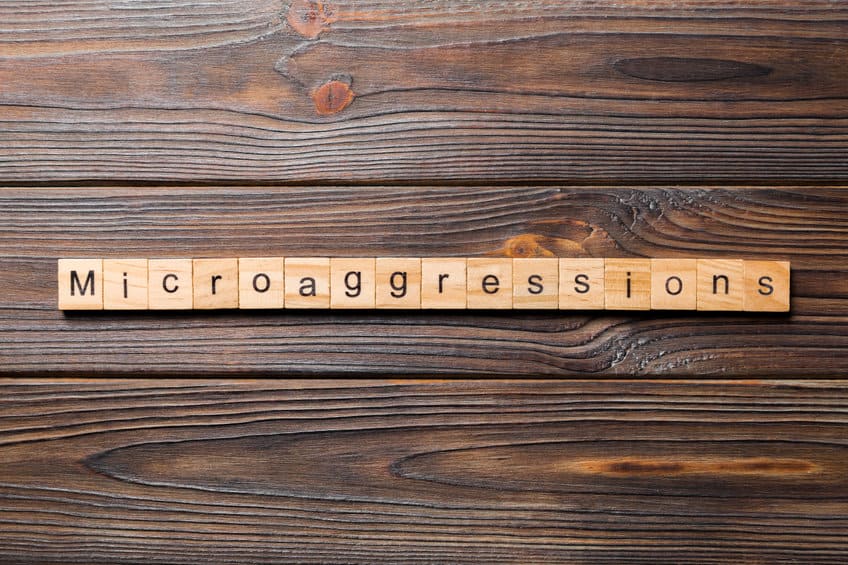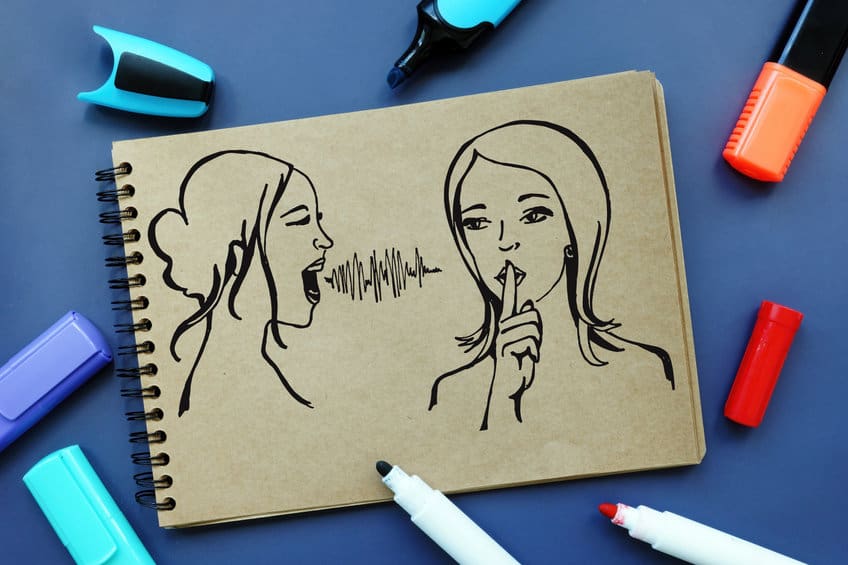- in Blog , Human Resources , Research , Work psychology by Kafilat
A New Study on the Complex Nature of Microaggressions

The Nature of microagressions tend to be misunderstood. Even though the concept of microaggressions has been circulating in psychiatry for 4 decades, the term has only recently become popular in mainstream organisational and societal consciousness. Originally, the idea of microaggressions was used to describe the veiled hostility and disdain shown to African Americans by racist white Americans. Today, this has expanded to include all groups that experience a structural oppression, such as women, LGBT people, disabled individuals, those of lower socioeconomic status and uncommon religious groups for example.
Microagressions
Microaggressions occur where someone either consciously or unconsciously uses words, gestures and actions in a way that negatively and systematically impacts another person.
99% of everything you are trying to do…

…has already been done by someone else, somewhere – and meticulously researched.
Get the latest research briefings, infographics and more from The Oxford Review – Free.
Types of microagressions
There are three types of microaggressions:
- Verbal statements that characterise a target individual as inferior based on their ethnicity, gender or another aspect of their identity. For example, “Wow you are an intelligent speaker! You sound white.”
- Nonverbal behaviours that reinforce negative stereotypes of marginalised or oppressed groups. For example, someone crossing the street and clutching their bag when they see a coloured man walking towards them.
- Environmental objects and events that make marginalised groups feel unwelcome or inferior in those spaces. For example, confederate statues on public land that honour racist generals who fought to preserve slavery.
Microagressions are dynamic
Microaggressions are dynamic, which makes it challenging to determine if an action or statement is intentionally aggressive.
Some people think microaggressions are completely subjective and that it depends on intent and how the target individual perceives the behaviour. Others belive microaggressions are objective and can be factually classified because of the consistent harmful outcomes they create. As a result, there is considerable research interest in microaggressions.
…microaggressions are dynamic, which makes it challenging to determine if an action or statement is intentionally aggressive.

The nature of microaggressions
Previous studies looking at the nature of microaggressions and their impact on marginalised, oppressed groups in society have found that:
• Verbal microaggressions often imply that negative stereotypes are true through hidden messages .
• All types of microaggressions are in fact smaller pieces of larger, society-wide patterns of systematic repression.
• Microaggressions are believed to explain some of the gaps between different ethnicities and their health and socioeconomic status, as perceived discrimination has been found to predict health outcomes.
More recent studies looking at ways to create more evidence-based accounts of microaggressions
More recent studies looking at ways to create more evidence-based accounts of microaggressions and understand them more has found that:
• Microaggressions can significantly negatively impact physical health outcomes, as well as mental health outcomes .
• Several studies have been able to pinpoint forms of prejudice because of observing microaggressions, but have found that microaggressions are still not defined enough to make them clearly observable and recognisable in society and in organisations in particular, which is leading to them going unchallenged.
• Progress is being made by creating hybrid accounts of microaggressions that present both the perpetrator’s and target individual’s perspectives .

A new study
A new (2021) study by researchers from Texas Christian University in the US has looked at microaggressions to determine more about their nature.
Findings
The study found that:
- Microaggressions are often so habituated/ingrained in the perpetrator’s thinking, language and behaviour that ascribing specific intent is often difficult.
- Microaggressions are frequently culturally originated and embedded so others in the organisation, for example, are unlikely to notice them, thus making them difficult to deal with.
- Microaggressions can be unintentional, as well as part of a racist or sexist set of values and beliefs.
- Individuals who are the target of microaggressions frequently experience feelings of anxiety and paranoia in relation to determining whether they are under attack.
- Microaggressions are frequently identifiable if someone systematically aimed the language or behaviour at specific groups or types of people.
- The impact of microaggressions is consistently negative. So, whilst the perception of the act or language may be subjective, the outcome is objective.
Microaggressions are complex and often reflect discrimination of marginalised groups. The difficulty in assessing verbal statements and behaviour lies in the hidden meaning behind some of these acts. Microaggressions can be used intentionally to cover stronger beliefs which are considered socially unacceptable such as racism or may be accidental. Analysis of wider patterns of language and behaviour can give us clues which it is in any situation.
Understanding microaggressions is important in both wider society and organisational life.
Reference
Conflict Management Protocols In Management
Be impressively well informed

Get the very latest research intelligence briefings, video research briefings, infographics and more sent direct to you as they are published
Be the most impressively well-informed and up-to-date person around...
